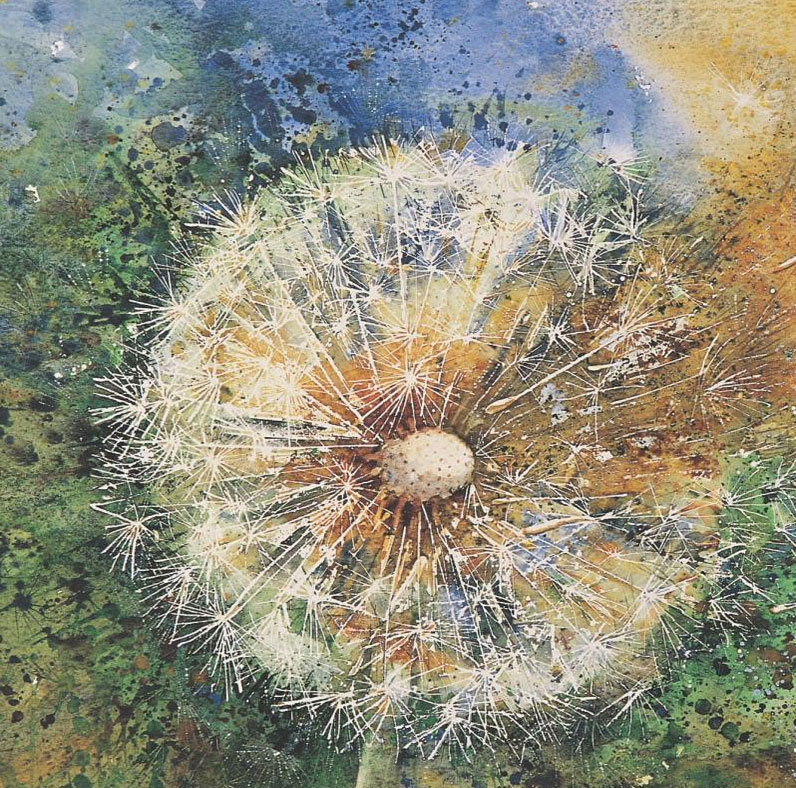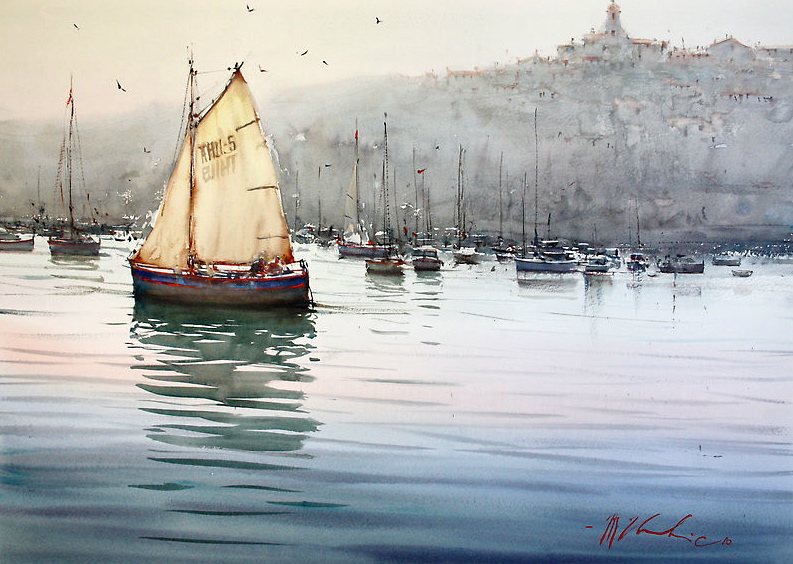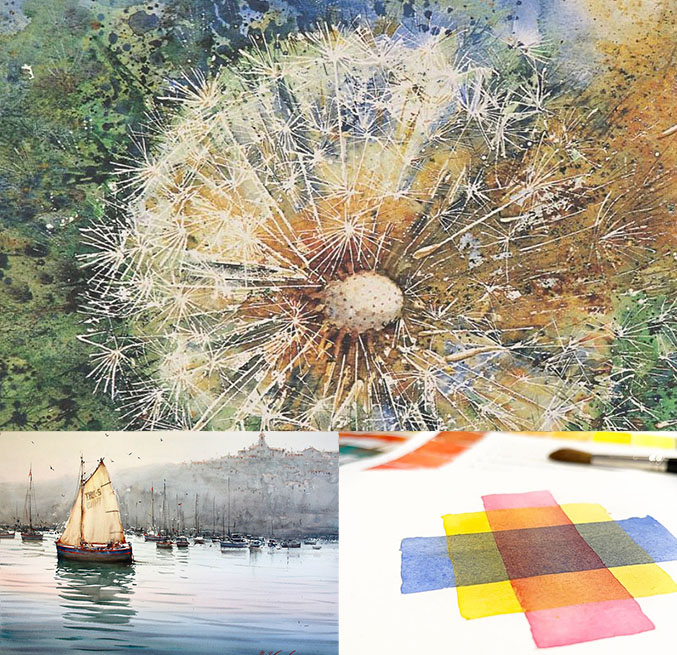The layering technique, also known as glazing, is one of the most important methods in watercolor painting for creating depth, brightness, and richness of color. This technique involves applying transparent layers of paint, allowing each layer to dry completely before adding the next. Below are the basic steps and tips for successfully using this technique.
Steps for Using the Layering Technique
Paper and Paint Preparation: Begin with the first layer of paint and allow it to dry completely. It is important to use transparent colors for the best results. Use brushes that hold enough water, such as squirrel-hair or synthetic brushes.
Applying the First Layer: Apply the first color in a thin, even wash. Allow it to dry completely before moving on to the next layer. Using a hair dryer can help speed up the drying process.
Repeating Layers: Repeat the process by adding more layers of color, waiting each time for the previous one to dry. This creates depth and complexity in the colors. You can use different colors to create new shades and add richness to your work.
Using Complementary Colors: Applying complementary colors can create beautiful neutral tones and reduce color intensity. For example, you can apply a layer of green over red to produce more neutral tones.
Creating Gradations and Texture: This technique can be used to create gradations and texture, such as in tree bark or water reflections. It is ideal for producing realistic renderings and luminous, multi-dimensional artworks.

Ann Blockley
Ann Blockley is known for her landscapes, in which she uses the layering technique to capture the subtle nuances of nature, creating compositions full of depth and light.
Joseph Zbukvic
Joseph Zbukvic is known for his atmospheric landscapes and his use of the layering technique to create depth and light, showcasing the fluidity and transparency of water.







